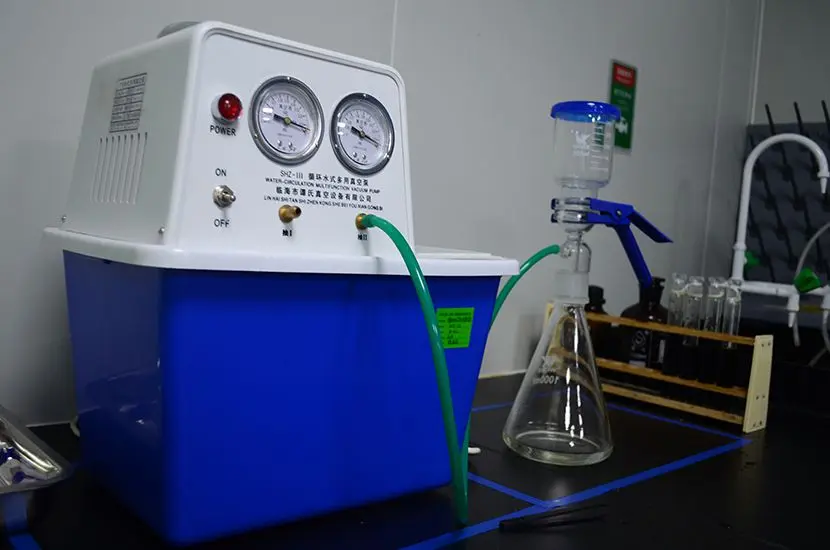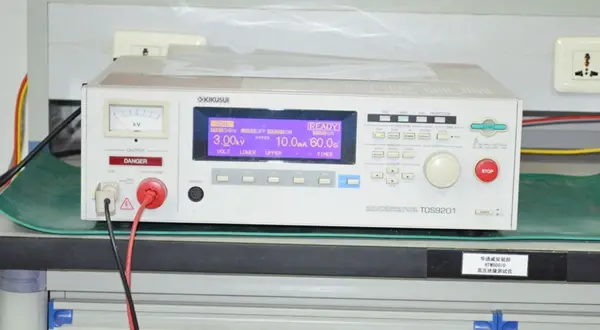
Food Packaging Material Testing
All types of packaging placed on the EU market must comply with the requirements of the EU Packaging and Packaging Waste Directive (PPW). All packaging products launched in the US must meet the requirements of the US Toxic in Packaging Clearing House (TPCH) Directive. China JJR Laboratory provides EU and US packaging directive testing services to REDuce enterprise production risks and assist enterprises in product quality control.

Service Content
China JJR Laboratory's EU and US packaging directive testing services include compliance testing for EU Packaging Directive and US Packaging Directive, European Standard EN 13428 declarations, as well as regULatory consulting and support services for packaging materials.
Service Scope
① The EU Packaging Directive (PPW) applies to all packaging and packaging waste placed on the EU market. Regardless of the material used for the packaging, it is subject to the control of the EU Packaging Directive.
② The US TPCH applies to all primary, secondary, and tertiary packaging materials, components, and packaging waste (such as boxes, bags, tapes, straps, etc.).
EU Packaging Directive
① Restricted substances: Lead (Pb), Mercury (Hg), Cadmium (Cd), Hexavalent Chromium (Cr VI)
② Total content requirement: Less than 100 ppm
③ Sample quantity: 20g
US Packaging Directive
Hazardous Substances | Control Requirements | Effective Date |
Lead, Mercury, Cadmium, Hexavalent Chromium | Total ≤ 100 PPM | February 16, 2021 |
Phthalates | Total ≤ 100 PPM | - |
PFAS | Prohibited (Not Detectable) | - |
Testing Standards
94/62/EC, 2004/12/EC
Relevant Qualifications
CNAS, CMA
Testing Cycle
5~7 working days for raw material products
Service Background
In 1994, the EU issued the "Directive on Packaging and Packaging Waste" (94/62/EC). The purpose of this directive is to ensure that packaging is suitable for collection, reuse, recycling, and energy recovery; minimize the toxicity, harmfulness, and environmental impact of packaging; and reduce the weight and volume of packaging waste.
The US TPCH (Toxics in Packaging Clearing House) was formerly known as CONEG, a local regulation restricting packaging materials. After TPCH was established in 1992, CONEG was renamed. It is specifically responsible for promoting and coordinating the implementation of the "Model Toxics in Packaging Legislation" in the US, a coordinated regulation aimed at reducing the content of certain hazardous substances in packaging materials.
In February 2021, TPCH released the updated version of the "Model Toxics in Packaging Legislation". The updates include adding per- and polyfluoroalkyl substances (PFAS) and phthalates as regulated cheMICals.
Email:hello@jjrlab.com
Write your message here and send it to us
 Food Packaging Material Testing
Food Packaging Material Testing
 Cosmetic Product Safety Report
Cosmetic Product Safety Report
 What is Prop 65 Warning?
What is Prop 65 Warning?
 Does RoHS Apply to Packaging?
Does RoHS Apply to Packaging?
 How to Get RoHS Compliance?
How to Get RoHS Compliance?
 How to get EN 62368-1 Test Report
How to get EN 62368-1 Test Report
 EN 300 328 Bluetooth Test Report
EN 300 328 Bluetooth Test Report
 How to get the EN 300328 Test Report?
How to get the EN 300328 Test Report?
Leave us a message
24-hour online customer service at any time to respond, so that you worry!




